
The Champagne region of France stands as a testament to centuries of winemaking excellence and innovation. Nestled amidst rolling hills and picturesque landscapes, this iconic region has given the world its most celebrated sparkling wine. Beyond the effervescent bubbles that have become synonymous with celebration worldwide, Champagne offers a rich tapestry of history, culture, and meticulous craftsmanship that has shaped not only France's viticultural heritage but also defined luxury in a glass. From its distinctive chalky soils to its prestigious houses with centuries of tradition, the Champagne region invites exploration into a world where terroir and human ingenuity combine to create liquid magic.
The Champagne wine region is located approximately 90 miles (145 kilometers) northeast of Paris in the historical province of Champagne in the northeast of France. Unlike the common misconception that it's situated in the Charente department (which is actually where Cognac is produced), Champagne primarily spans across five departments: Marne, Aube, Aisne, Haute-Marne, and Seine-et-Marne.
This proximity to Paris proved historically advantageous, allowing for relatively easy transport of wines to the capital and contributing significantly to Champagne's early commercial success. The region covers approximately 34,300 hectares of vineyards and is divided into different growing areas, each contributing unique characteristics to the wines produced there. It is also very handy for a day trip from Paris. The TGV fast train reaches Reims in only 45 minutes.
The Champagne region enjoys a cool continental climate. Average annual temperatures hover around 11°C (52°F), making it one of the most northerly wine regions in France. This cooler climate is actually ideal for producing the high-acidity base wines necessary for premium sparkling wine production.


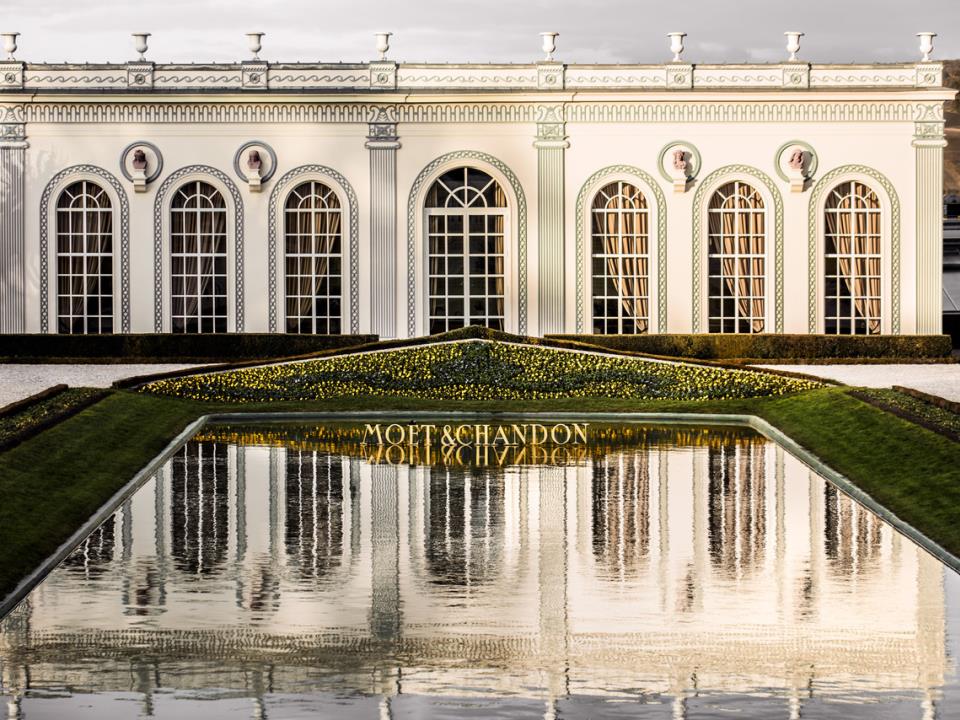
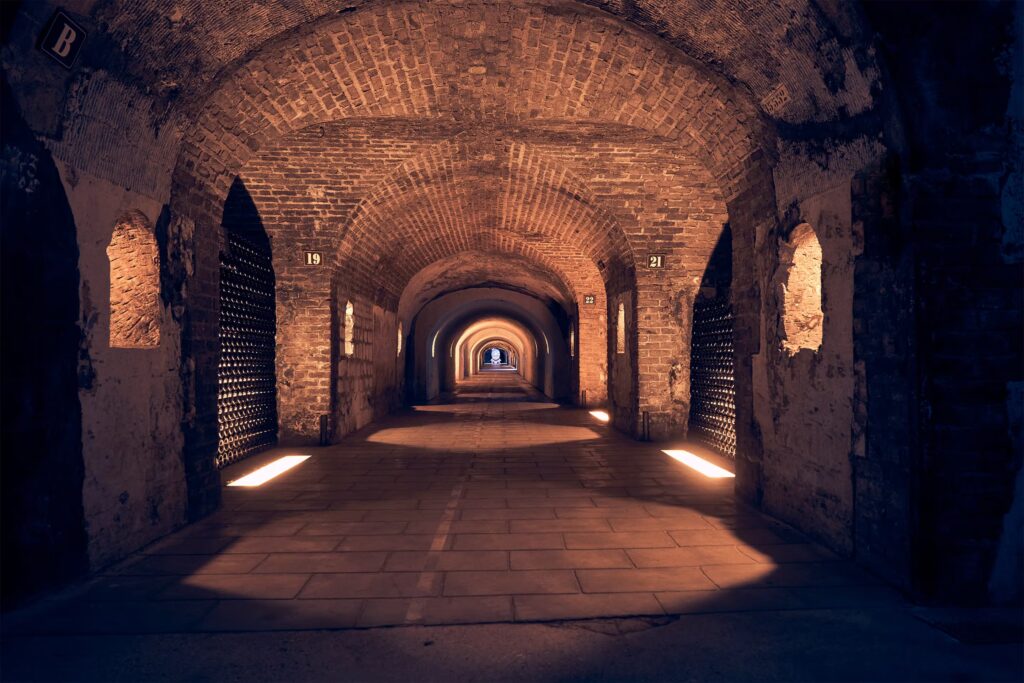
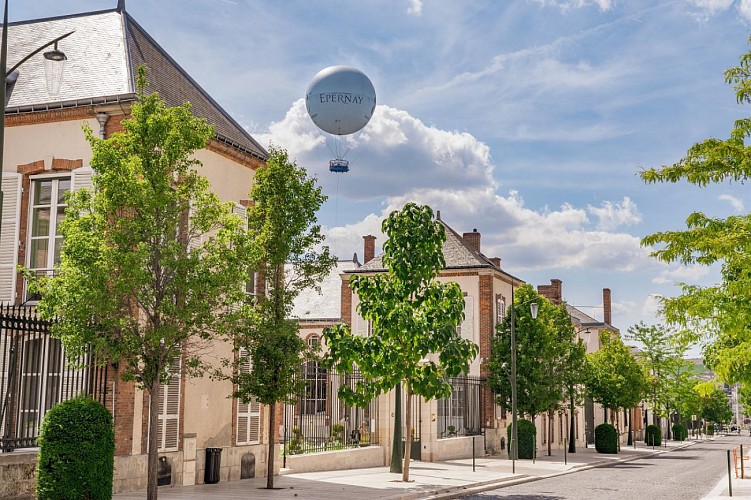
The terroir of Champagne is truly exceptional and plays a crucial role in the distinctive character of its wines. At the heart of this uniqueness is the region's chalky soil, formed millions of years ago from the fossilized remains of marine organisms when the area was covered by a warm, shallow sea.
This chalky subsoil offers several significant advantages for viticulture:
The region's topography of gentle slopes also provides ideal sun exposure and natural drainage, while the cool climate preserves crucial acidity in the grapes. This perfect combination of soil, climate, and topography creates the ideal environment for growing Chardonnay, Pinot Noir, and Pinot Meunier – the three primary grape varieties used in Champagne production.
The viticultural history of Champagne dates back to the Roman era, with the first vineyards planted around the 5th century. For centuries, the region produced still wines that were highly regarded but quite different from today's sparkling Champagne.
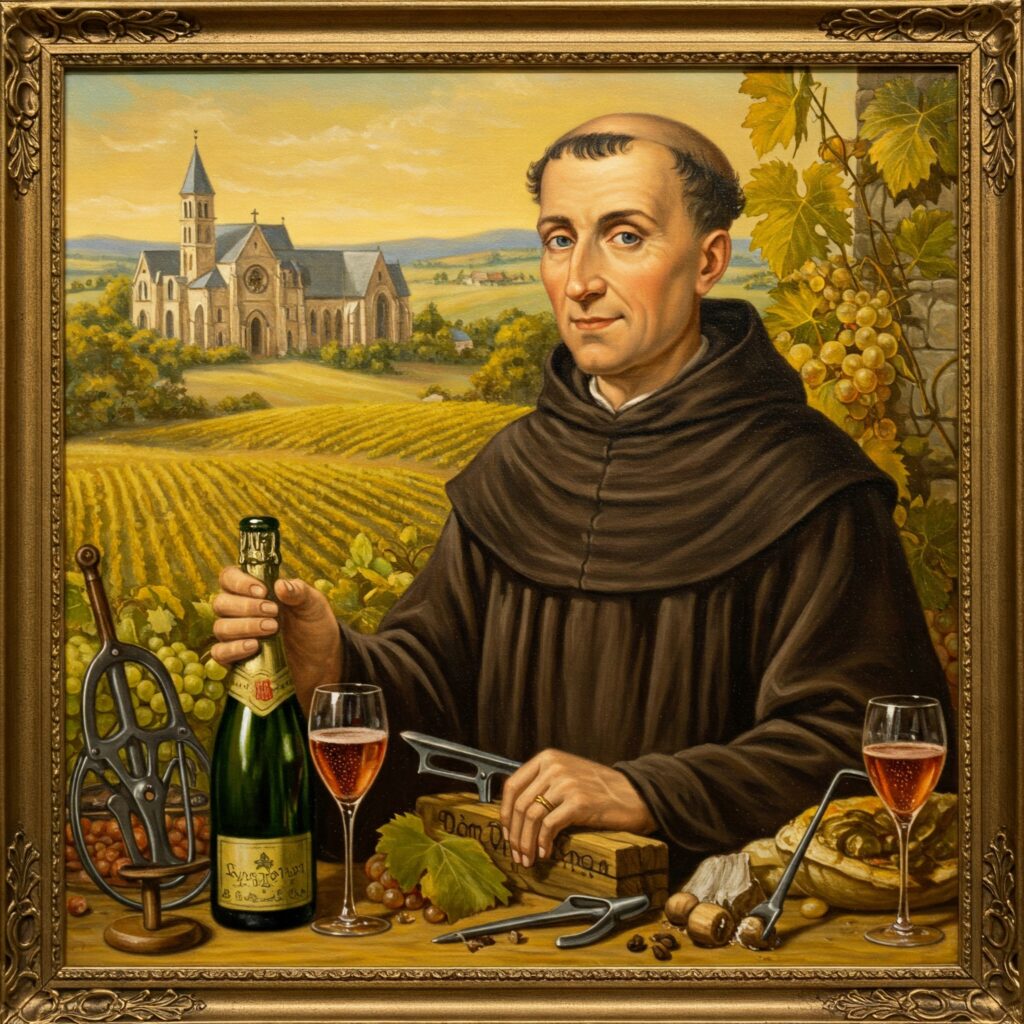
The transformation began in the 17th century. Contrary to popular belief, Dom Pérignon (1638-1715), a Benedictine monk and cellar master at the Abbey of Hautvillers, did not "invent" Champagne. However, he did make significant contributions to improving production methods, including blending grapes from different vineyards and adopting stronger bottles that could withstand the pressure of secondary fermentation.
The sparkling nature of Champagne was initially considered a fault in winemaking. The cold winters in the region would halt fermentation, which would then restart in spring when temperatures warmed, creating carbon dioxide and pressure in the bottles. English scientist Christopher Merret documented the deliberate addition of sugar to create a secondary fermentation in 1662, predating Dom Pérignon's alleged "discovery."
By the 18th century, the deliberate production of sparkling wine gained popularity, especially among the aristocracy and royal courts of Europe. The 19th century saw the establishment of many grand Champagne houses we know today, with improvements in production methods, including riddling racks (invented by Madame Clicquot) and dosage techniques.
Champagne's journey to global fame began with its association with French royalty, particularly during the reign of Louis XIV, whose court at Versailles helped popularize the wine. The coronation of French kings took place in Reims Cathedral in the heart of Champagne, further cementing the wine's prestigious status.
The marketing genius of the early Champagne houses cannot be overstated. They cleverly positioned their product as the beverage of celebration, luxury, and success. By the 19th century, Champagne had become firmly established as the drink of choice for marking significant occasions:
This association with life's most joyous moments, combined with strict production standards and protection of the name "Champagne" through appellation laws, has secured its place as one of France's most prestigious and recognized exports.
The Champagne region is home to hundreds of producers, from small grower-producers to internationally renowned grand houses. Among the most prestigious Champagne houses are:
Ruinart: Founded in 1729, Ruinart is the oldest established Champagne house. Known for its distinctive bottle shape and Chardonnay-focused style, it's renowned for its elegant Blanc de Blancs champagnes and its historic chalk cellars, which are UNESCO World Heritage listed.
Moët & Chandon: Established in 1743, it's one of the world's largest Champagne producers. Moët is known for its consistent house style and its Impérial range. The company owns over 1,000 hectares of vineyards and produces millions of bottles annually.
Dom Pérignon: While technically a prestige cuvée of Moët & Chandon rather than a separate house, Dom Pérignon produces only vintage champagnes of exceptional quality. Named after the famed monk, it represents the pinnacle of luxury in the Champagne world.
Veuve Clicquot: Founded in 1772, the house rose to prominence under the guidance of Madame Clicquot (the "Veuve" or widow), who invented the riddling table and created the first recorded vintage Champagne. Known for its distinctive yellow label and full-bodied style.
Taittinger: A family-owned house established in 1734, known for its high proportion of Chardonnay in its blends, giving them an elegant, fresh style. Its prestige cuvée, Comtes de Champagne, is highly regarded.
Billecart-Salmon: Founded in 1818 through the marriage of Nicolas François Billecart and Elisabeth Salmon, this house is known for its precise, elegant style. Their rosé Champagne is particularly celebrated.
Deutz: Founded in 1838, Deutz is known for producing refined, elegant champagnes. Based in Aÿ, the house maintains relatively small production to ensure quality.
Each house contributes to the rich tapestry of styles and approaches that make the Champagne region so diverse and fascinating.
It is tricky to settle on which are the top four Champagne Houses. For this article we'll focus on four very well-regarded and historically significant Champagne houses that are consistently recognized for their quality: Moët & Chandon, Dom Pérignon, Veuve Clicquot, and Ruinart.
Moët & Chandon:
Dom Pérignon:
Veuve Clicquot:
Ruinart:
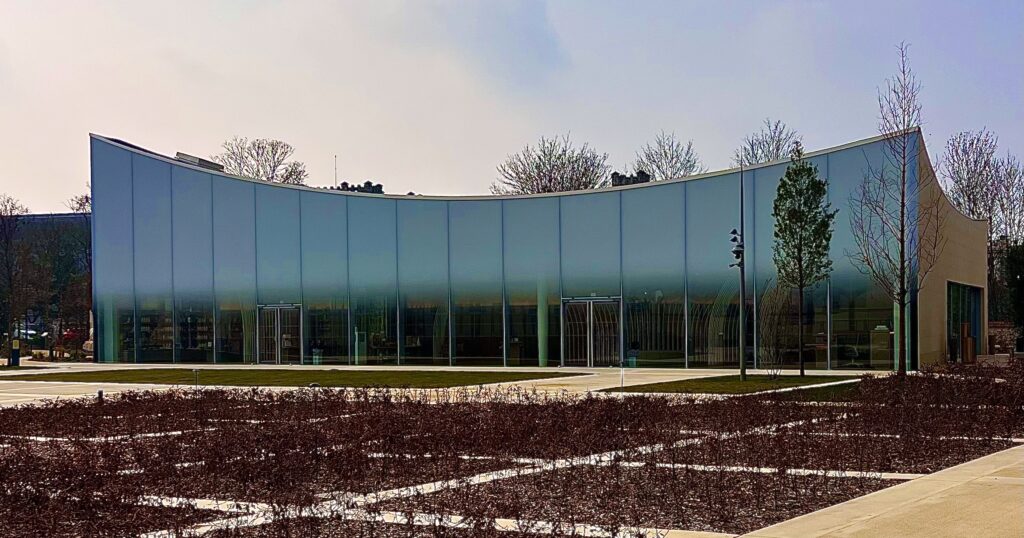
Each house maintains its own distinctive style through careful blending, vineyard selection, and production methods, offering consumers a range of expressions that all still represent the essence of Champagne.
The Champagne appellation encompasses several distinct growing areas, each imparting unique characteristics to the wines produced there:
Montagne de Reims: Located around the city of Reims, this area is predominantly planted with Pinot Noir. The northern slopes typically produce wines with finesse and delicacy, while the southern slopes yield more powerful, structured wines. Key villages include Ambonnay, Bouzy, and Verzenay.
Vallée de la Marne: Following the Marne River, this area is the kingdom of Pinot Meunier, which thrives in its cooler, damper climate and clay-heavy soils. The wines tend to be fruity, round, and approachable. Notable villages include Aÿ (which produces exceptional Pinot Noir), Mareuil-sur-Aÿ, and Dizy.
Côte des Blancs: As the name suggests, this area south of Epernay is almost exclusively planted with Chardonnay. Its pure chalk soils produce wines of exceptional finesse, minerality, and longevity. Premier villages include Avize, Cramant, and Le Mesnil-sur-Oger.
Côte de Sézanne: An extension of the Côte des Blancs, this area also focuses on Chardonnay but produces slightly softer, fruitier styles due to slightly warmer temperatures and more clay in the soil.
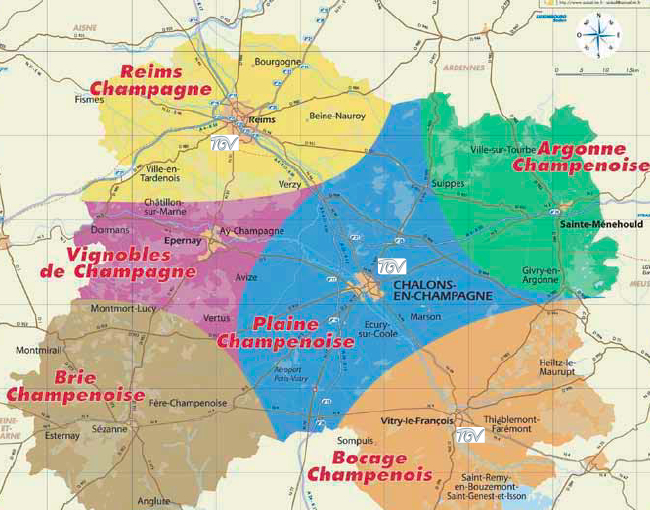
Aube (Côte des Bar): The southernmost region of Champagne, closer to Burgundy than Reims or Epernay. Predominantly planted with Pinot Noir, it produces wines with rich, fruity characters. Key villages include Les Riceys, Bar-sur-Seine, and Bar-sur-Aube.
Epernay: While not a growing area per se, Epernay is the commercial heart of Champagne, home to many major houses and the famous Avenue de Champagne, lined with impressive Champagne house headquarters.
Reims: The largest city in the region, Reims is home to the cathedral where French kings were coronated and houses the headquarters of many prestigious Champagne houses with extensive chalk cellars beneath the city.
The classification system in Champagne is based on a scale of 100 points for villages (historically called the Échelle des Crus). Villages rated 100% are Grand Cru (17 villages currently hold this status), those rated 90-99% are Premier Cru (44 villages), and the rest make up the remaining 296 Champagne villages.
Champagne is primarily produced from three grape varieties:
Chardonnay: The only white grape among the main varieties, Chardonnay contributes elegance, finesse, and aging potential to Champagne blends. It typically offers citrus, green apple, and mineral notes, with a capacity to develop complex brioche and honey characteristics with age. Chardonnay thrives in the chalk-rich soils of the Côte des Blancs.
Pinot Noir: This red grape brings structure, body, and red fruit characteristics to Champagne. Despite being a red grape, the gentle pressing employed in Champagne production extracts the clear juice without the color from the skins. Pinot Noir contributes notes of red berries, cherry, and with age, can develop more complex earthy and spicy characteristics. It's predominantly grown in the Montagne de Reims and the Aube.
Pinot Meunier: Often considered the workhorse of Champagne, this red grape provides fruitiness, roundness, and approachability to blends. It tends to mature earlier than the other varieties, offering bright fruit flavors and floral notes. It's particularly well-suited to the cooler, clay-rich soils of the Vallée de la Marne.
Several styles of Champagne showcase these grapes in different ways:
Blanc de Blancs: Made exclusively from Chardonnay, these Champagnes are typically characterized by their finesse, elegance, and mineral qualities. The term literally means "white from whites."
Blanc de Noirs: Made exclusively from red grapes (Pinot Noir, Pinot Meunier, or both), yet still producing a white or slightly golden wine. These Champagnes tend to be fuller-bodied with more pronounced fruit characteristics. The term means "white from blacks."
The sweetness level in Champagne is determined by the "dosage" – a small amount of wine mixed with sugar that's added after disgorgement:
Brut Nature/Zero Dosage: 0-3 g/L of residual sugar Extra Brut: 0-6 g/L Brut: Less than 12 g/L (the most common style) Extra Dry: 12-17 g/L (despite the name, sweeter than Brut) Sec: 17-32 g/L Demi-Sec: 32-50 g/L Doux: More than 50 g/L (rare, sweet dessert-style Champagne)
Less commonly used but still permitted grape varieties include Pinot Blanc, Pinot Gris, Arbane, and Petit Meslier, which some houses use in small quantities to preserve tradition or create distinctive cuvées.
The Champagne region's viticultural landscape is defined by a fascinating ecosystem of growers and producers that work together in ways not commonly seen in other wine regions. While most people associate Champagne exclusively with sparkling wine, understanding the relationship between growers and producers is key to appreciating the region's unique character.
There are approximately 16,000 grape growers (vignerons) in Champagne, but only about 4,300 of them produce and market their own Champagne. The majority of growers sell their grapes to the large Champagne houses (Maisons) or to cooperatives, creating a symbiotic relationship that defines the region's production model.
The large Champagne houses typically own some vineyards but purchase a significant portion of their grapes from independent growers, often maintaining long-term relationships spanning generations. These contracts are highly valuable for both parties, providing houses with consistent grape sources and growers with guaranteed income.
Cooperatives like Nicolas Feuillatte or Union Champagne (which produces Alfred Gratien) allow smaller growers to pool their resources to produce Champagne collectively. Many growers belong to these cooperatives, delivering their grapes for communal processing rather than selling to the large houses.
Some smaller growers may not produce any Champagne at all, focusing exclusively on viticulture and selling their entire harvest to houses or cooperatives. Others may sell a portion of their harvest and use the remainder to produce small quantities of their own Champagne, often referred to as "Grower Champagne" or "Récoltant-Manipulant" (RM on the label).
Unlike still wine regions where nearly all grapes are processed into wine, Champagne's production system creates a marketplace where grapes themselves are valuable commodities, with prices carefully controlled through the region's interprofessional committee.
The production of Champagne follows a meticulous process known as the "Méthode Champenoise" or "Traditional Method," which creates its distinctive bubbles and complex flavors:
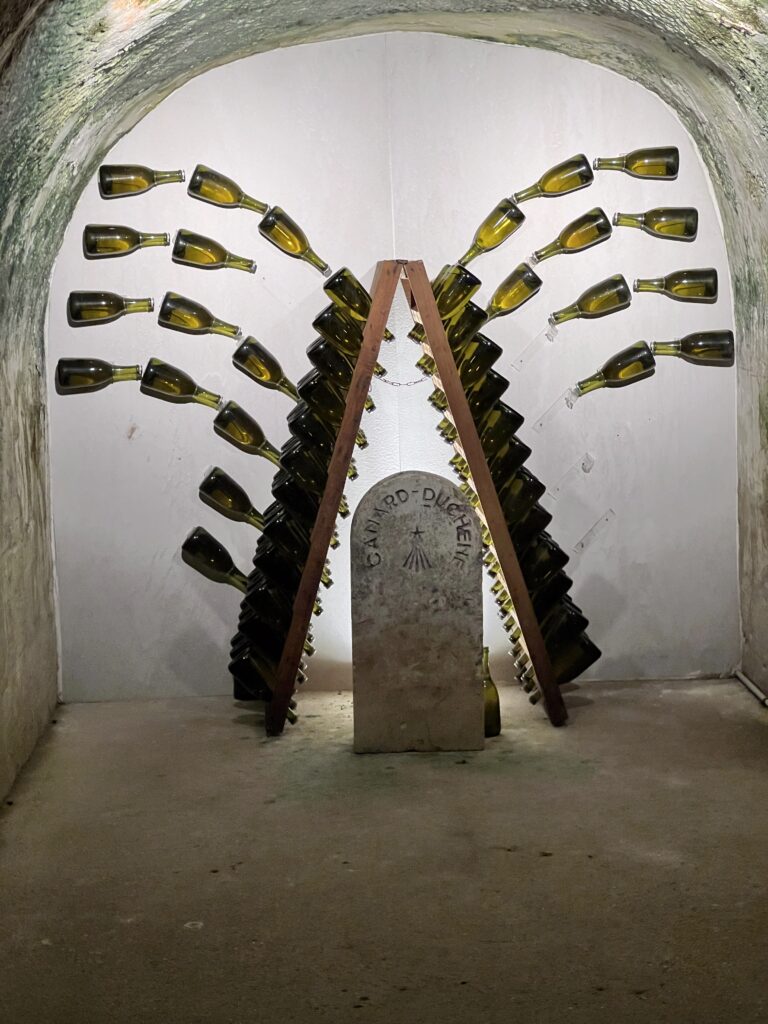
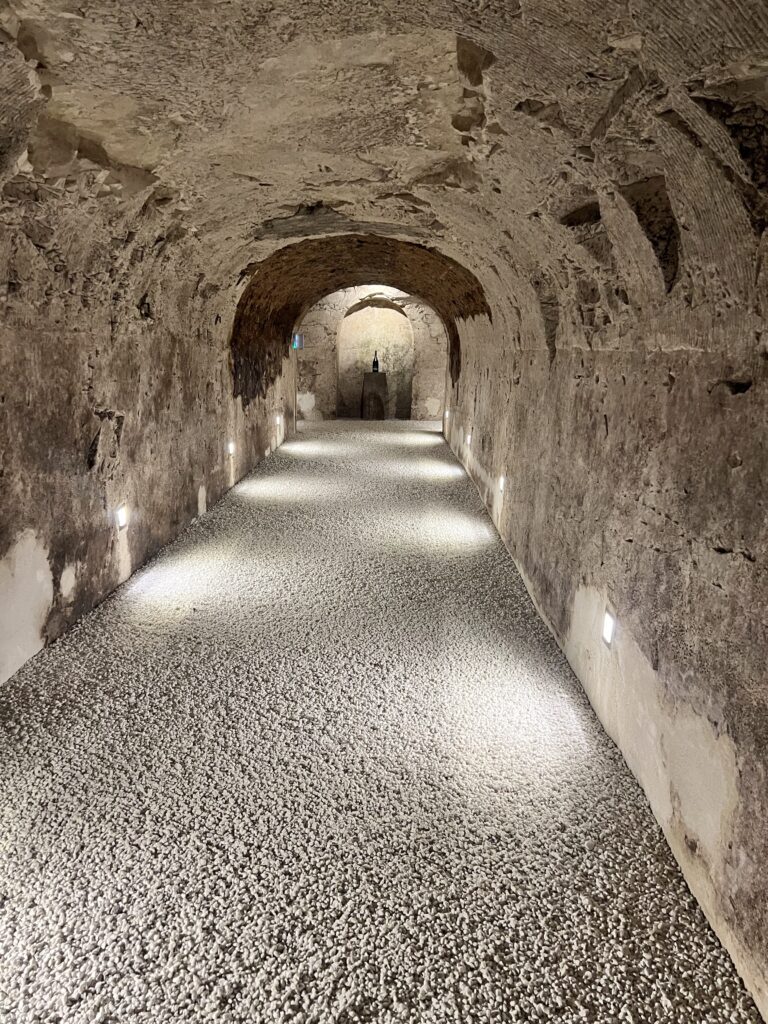
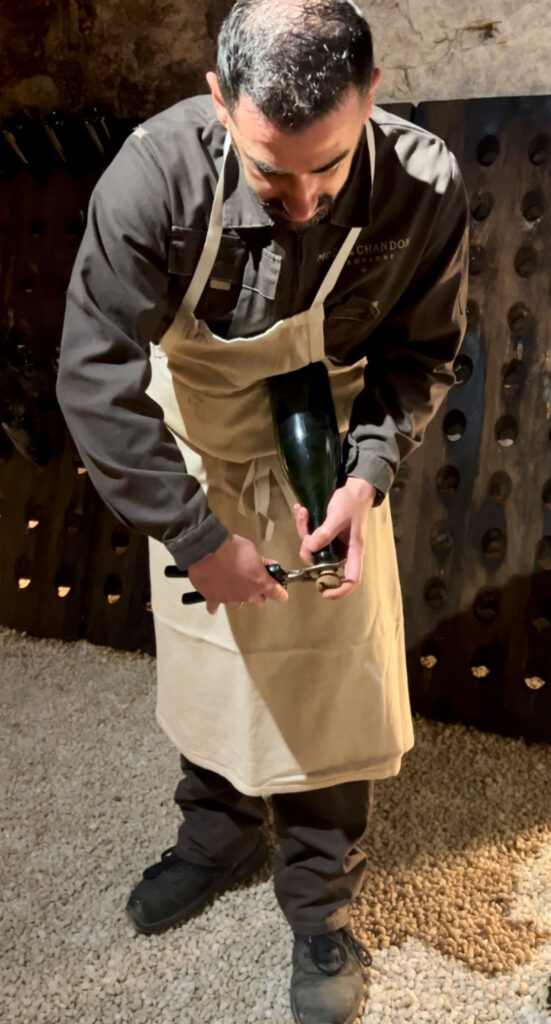
The entire process from grape to glass takes a minimum of 15 months for non-vintage Champagne, but many quality-focused producers age their wines for several years before release.
Champagne production falls into two main categories: non-vintage (NV) and vintage, each with distinct characteristics and production philosophies:
Non-Vintage Champagne:
Vintage Champagne:
The decision to declare a vintage is made by each house independently based on their assessment of the year's quality. Some houses are more conservative, declaring only a few vintages per decade, while others might produce vintage Champagne more frequently.
Beyond these categories, exceptional years may lead to the creation of prestige cuvées—a house's top-tier offering, like Dom Pérignon, Krug Clos du Mesnil, or Louis Roederer Cristal. These wines represent the pinnacle of Champagne production, often made from the finest vineyard sites and aged for extended periods.
Decanter Tours specializes in creating bespoke, luxury experiences throughout the Champagne region, offering wine enthusiasts unprecedented access to this prestigious wine region. Their sommelier-led tours provide a level of exclusivity and expertise rarely available to the general public.
For visitors seeking an authentic and immersive experience, Decanter Tours creates personalized itineraries that may include:
Each tour is tailored to the specific interests, knowledge level, and preferences of the guests, whether they're connoisseurs seeking in-depth technical experiences or newcomers wanting an accessible introduction to the world of Champagne. Decanter Tour's connections within the region allow for unique experiences not available through standard tourism channels, making them the premier choice for discerning travelers looking to experience the true essence of Champagne.
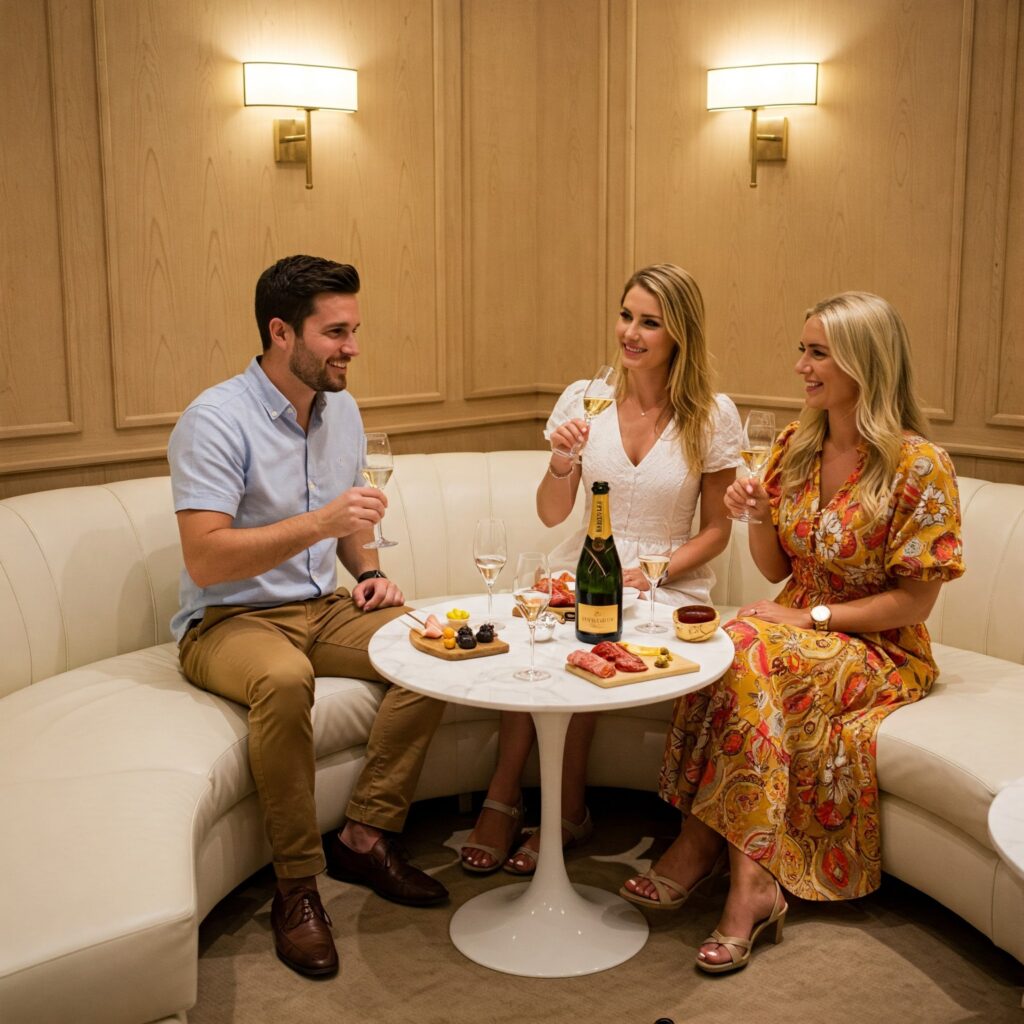
Embarking on a champagne tour in Reims is a journey through history, culture, and craftsmanship. Each tour typically begins with a warm welcome from your guide, who will provide an overview of the house's history and significance in the champagne world. As you descend into the cellars, you'll be struck by the cool, dimly lit atmosphere, a stark contrast to the vibrant vineyards above. These cellars, often carved out of chalk, provide the ideal environment for aging champagne, maintaining a constant temperature and humidity year-round.
As you explore the cellars, your guide will explain the intricate process of champagne production, from the initial pressing of the grapes to the final bottling. You'll learn about the méthode champenoise, which involves a second fermentation in the bottle, creating the characteristic bubbles. The tour will also cover the riddling process, where the bottles are gradually tilted and rotated to collect the sediment in the neck, and the disgorgement, where the sediment is removed. This detailed insight into the craftsmanship behind each bottle of champagne is both educational and fascinating.
The highlight of any champagne tour is, of course, the tasting session. You'll have the opportunity to sample several different champagnes, each with its own unique flavor profile. The guide will explain the nuances of each variety, from the crisp, citrus notes of a Blanc de Blancs to the rich, fruity flavors of a Rosé. This tasting experience not only enhances your appreciation of champagne but also helps you identify your personal preferences. Whether you're a seasoned connoisseur or a curious novice, a champagne tour in Reims is a sensory delight that offers a deeper understanding of this exquisite beverage.
Contact Decanter Tours for more information about a Champagne wine tour.

Experience the finest private wine tours in Bordeaux and beyond. With over 20 years of expertise, we craft tailor-made wine journeys to iconic regions like Médoc, Saint-Émilion, Burgundy, and Champagne. Explore exclusive chateaux with expert guides and seamless planning for a truly unforgettable experience.